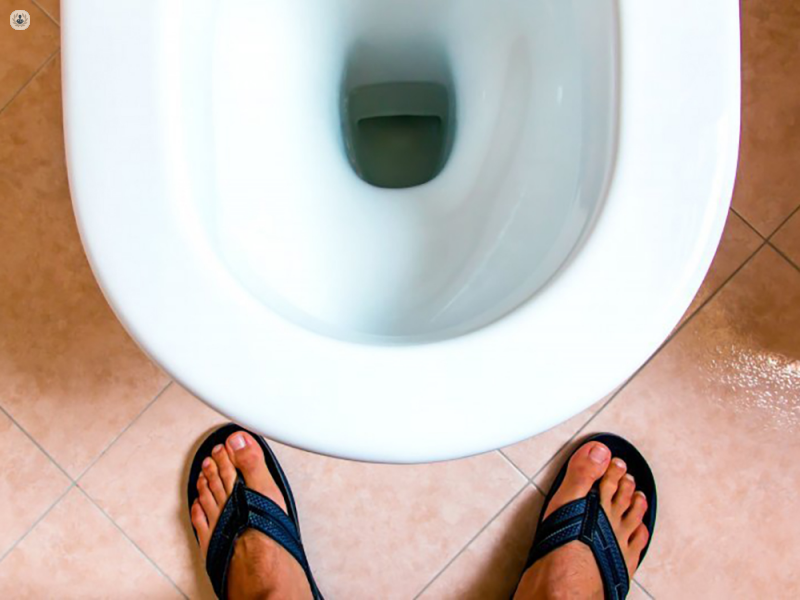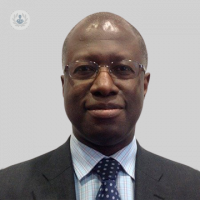Prostate cancer: what lifestyle modifications can reduce the risk?
Escrito por:Prostate cancer is the topic up for discussion here in our latest medical articles. In this article below, esteemed consultant urologist, Professor Francis Chinegwundoh MBE, details what people can incorporate into their lifestyle in order to reduce their risk of getting prostate cancer.

How can people lower their risk of prostate cancer through lifestyle changes?
We think that certain things may reduce the risk, but we currently don’t have the data to confirm. Regular exercise, vitamin D intake, reducing dairy and red meat in your diet, and including things like tomatoes and pomegranate in your diet, may help lessen the risk of prostate cancer. Lots of vegetables and plenty of sun exposure (which enables the skin to produce vitamin D) may be beneficial.
At what age should men undergo prostate cancer screening, and which screening methods are most effective?
What I recommend to all men is that they get a PSA blood test at the age of 40 and then regular testing every one to three years, depending on the initial PSA value.
What are the recommended treatments for different stages of prostate cancer, and what are the success rates and side effects?
There are many treatments for prostate cancer. Prostate cancer can either be local (just contained within the prostate gland) or prostate cancer that has spread to the lymph glands and bones. If we are talking about local prostate cancer, there are several very effective treatments.
We can monitor the development of the local prostate cancer through regular PSA blood tests and MRI scans, what is termed active surveillance. If the prostate cancer cells are aggressive, we can perform a prostatectomy, which is the complete removal of the prostate gland. We also have the option of brachytherapy, which is where radioactive iodine seeds are implanted into the prostate to destroy the cancer.
Another very good treatment is external radiation. We also have focal therapies, such as extreme heat or extreme cold therapy, which targets the specific area of the prostate cancer.
In terms of the cure rate, it is currently very high. We know that 98 per cent of men with early prostate cancer will be alive and well 10 years after their treatment. If the cancer has already spread into the bones and lymph glands, then the outlook is not as good. We are talking about 30 per cent surviving five years.
We can use various drugs that can shrink the prostate cancer if it is diagnosed at a late stage, but that won’t be able to fully get rid of the cancer. In terms of side effects of treatment, sexual function and urination can be affected.
What are long-term complications of prostate cancer treatment for survivors, and how can these be managed?
The consequences depend on the treatment(s) that the man has received. The main general complications include erectile dysfunction, urinary incontinence, and infertility. Hot flushes, breast enlargement, reduction in sex drive, difficulty in getting erections, and weight gain are some other potential side effects. There are various things that can help manage these side effects. For example, there are drugs that restore the erections and there are drugs that can reduce hot flushes.
To schedule in a consultation time with Professor Francis Chinegwundoh MBE, you can visit his Top Doctors profile today.


